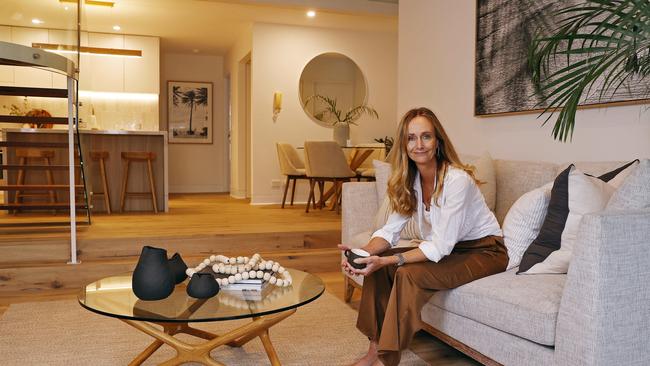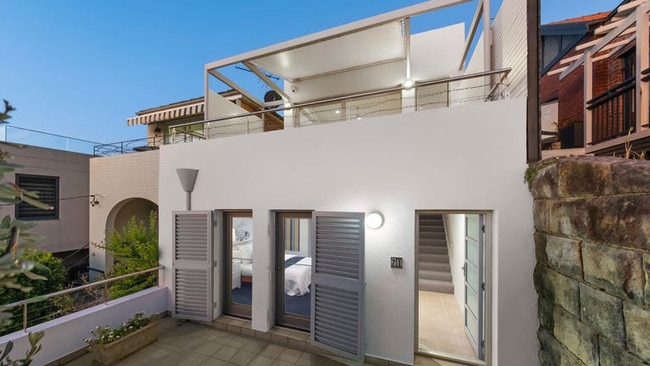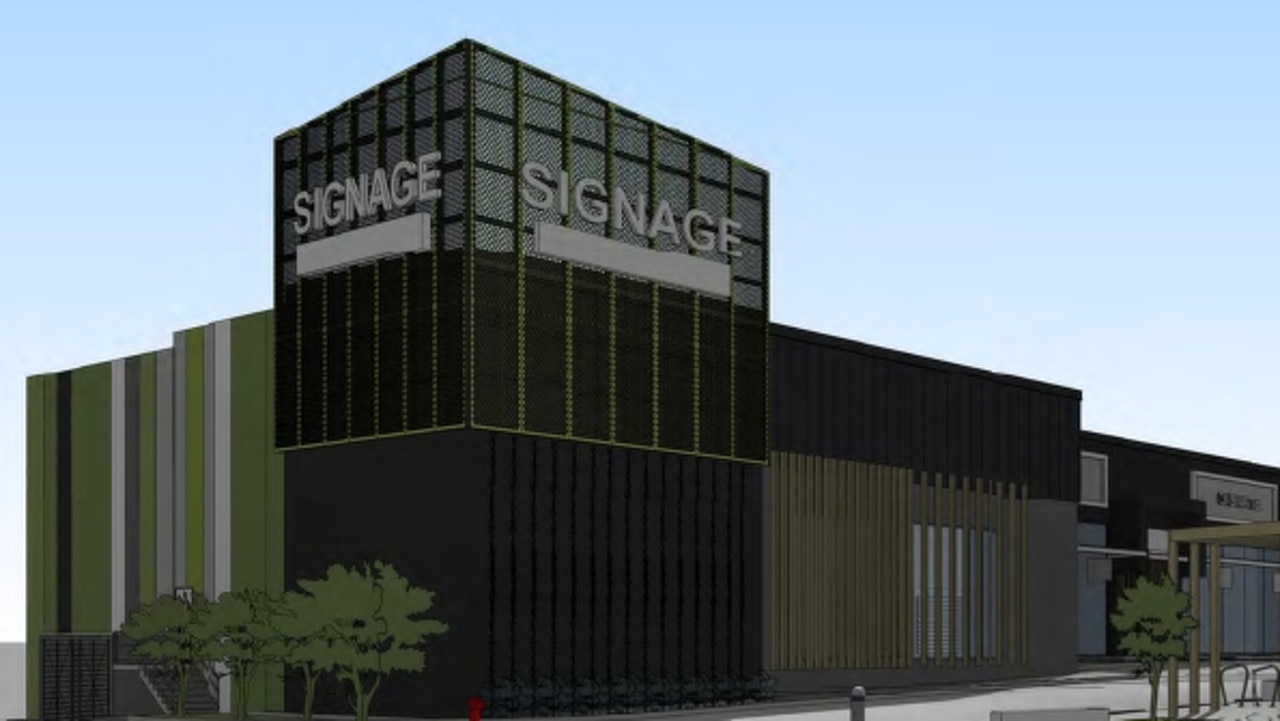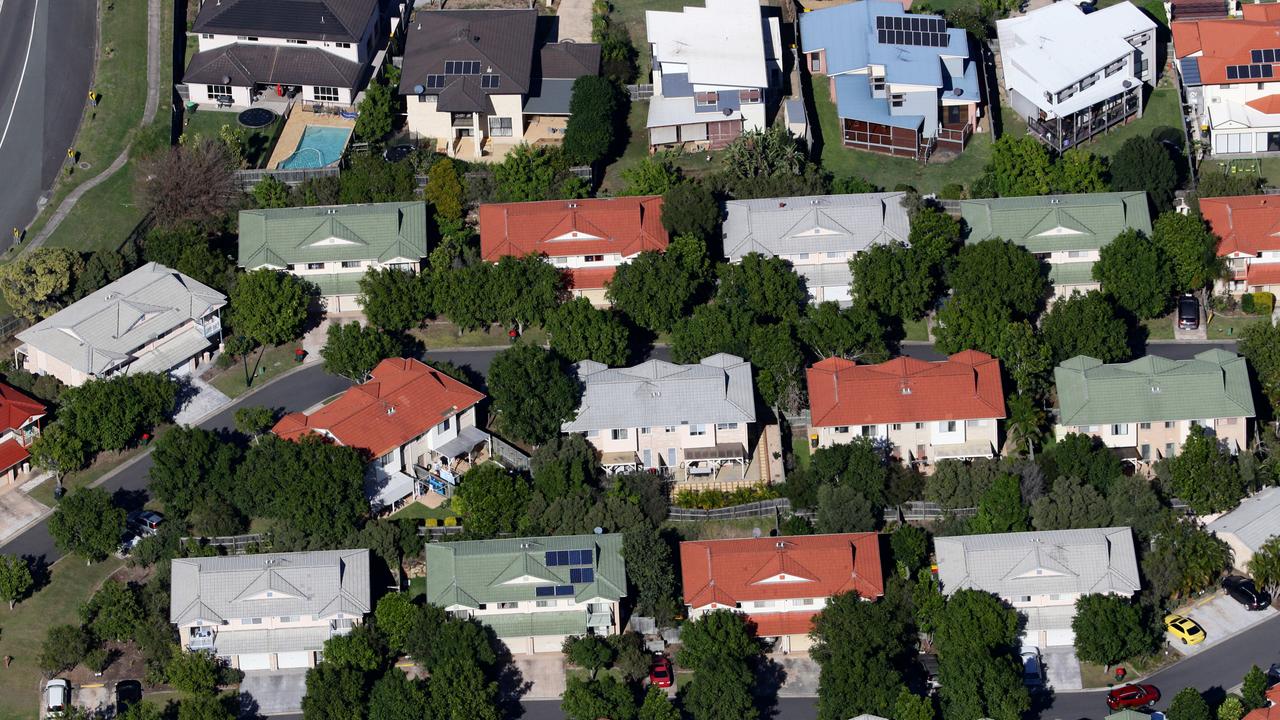Property prices rise in 450+ Sydney suburbs: what your home is now worth
Despite 10 interest rate rises, most Sydney suburbs are seeing home value increases again. Search our table to see what it means for you.
Property
Don't miss out on the headlines from Property. Followed categories will be added to My News.
Home prices have bounced back from a year-long slump with some Sydney areas seeing an increase of more than $200,000 in the last three months.
While the biggest price increases were in up-market areas that went into free fall last year – such as the Northern Beaches, noth shore and eastern suburbs – the recovery has been widespread.
Exclusive PropTrack data reveals 452 suburbs – about 75 per cent of the Sydney market – recorded house price rises in the months since January.
Unit price rises were even more extensive, climbing in nearly 86 per cent of the suburbs.
SCROLL BELOW TO SEARCH FOR YOUR SUBURB
It comes as the Reserve Bank announced this week that interest rate rises would be put on hold for the month, a move some market observers warn may boost buyer competition even further.

PropTrack economist Angus Moore said a pause on rates would be an encouraging signal for many of the buyers who held off purchasing last year when the central bank first started raising the cash rate.
“Back then there was a lot of uncertainty,” he said. “Buyers have a completely different outlook now and this will encourage some to jump back into the market. There’s a feeling even if there’s more rises, we’re still near the end of the cycle.”
Mr Moore added that price rises following interest rate hikes were historically rare but they were occurring in the current market because of chronic housing shortages and rising demand fuelled by high migration.
A sizeable share of new purchasers were also upsizers who benefited from large equity gains during the pandemic-era housing boom in 2020 and 2021.
This treasure trove of equity was often being used as deposits for their next homes, allowing the buyers to take out smaller loans and be shielded from the full impact of recent rate hikes, Mr Moore said.
The cashed-up upgrader trend was particularly notable in more affluent coastal suburbs.
Northern Beaches suburbs Fairlight, North Curl Curl, Narrabeen and Manly recorded median price rises of between $227,000 and $371,000, or about 8-10 per cent, over 2023.
“Even after prices fell (in 2022) these were all expensive areas, so even a small increase in percentage terms is going to be a big dollar amount,” Mr Moore said.
Prices in these areas remain lower than they were a year ago, despite recent rises.
North Curl Curl resident Julie Crespel, who is selling her three-bedroom unit on Pitt Rd and seeking out a house in the area, said there was a notable change.
“There’s hardly any stock on the market,” she said. “I went to an open home recently, a lot of people were coming through. It does vary by property though. A lot of people want the smaller houses.”

Her agent Eddy Piddington of Stone Real Estate said the equation stacked up well for upsizers to make a move in the current market.
“If you’re selling a unit to move to a house, your unit may be worth, say, $100,000 less than a year ago but the new house you want will be $200,000 or $300,000 less. The changeover cost is good,” he said.
Ray White chief economist Nerida Conisbee said the speed of the recent market recovery was “unexpected”.
“It’s that activity in all those expensive areas that’s driving it,” she said. “What we tend to find in market recoveries is that it’s often the most expensive suburbs that grow first and the others follow, and it’s following that pattern again.”
Price rises over coming months could erase the losses recorded over 2022, she added. “A lot of areas could be back to their peak prices later this year,” Ms Conisbee said.
My Housing Market economist Andrew Wilson said the recovery has been so pronounced because of a strong Sydney economy and “extreme” mismatch between supply and demand.
“There’s aren’t enough houses for all the people who want to live here,” he said, pointing to recent ABS reports showing Sydney was now building fewer houses than Brisbane.
“We need more houses but builders cannot afford to get jobs done. Builders work on thin margins and their costs are skyrocketing. Many of the problems in that industry are endemic and they’re further constrained by red tape.”
Ms Conisbee said uncertainty over building projects may be funnelling more people into the established house market and rising migration was adding fuel to the fire.
“We have had so much population growth,” she said. “There’s 100,000 extra people who weren’t here 12 months ago.”





